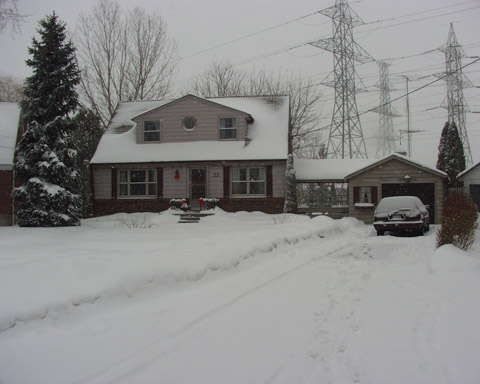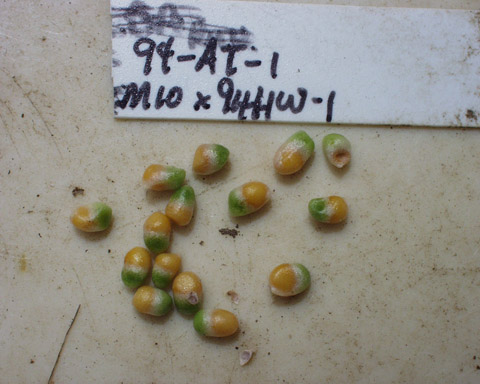
Home
– Home: Jan 25, 2022
– Home: Dec 31, 2020
– Home: Dec 31, 2019
– Home: Mar 30, 2019
– Home: Jan 10, 2018
– Home: Sep 1, 2017
– Home: Sep 1, 2016
– Home: Dec 20, 2015
– Home: Sep 1, 2015
– Home: Feb 27, 2015
– Home: Oct 25, 2014
– Home: Sep 1, 2013
– Home: Dec 20, 2012
– Home: Jan 11, 2012
– Home: Nov 1, 2011
– Home: Jan 6, 2011
– Home: Oct 1, 2010
– Home: Sep 1, 2009
– Home: Sep 1, 2008
– Home: Sep 4, 2007
– Home: Mar 18, 2007
– Home: Feb 11, 2007
– Home: May 24, 2005
– Home: May 11, 2005
– Home: May 2, 2005
– Home: Apr 23, 2005
– Home: Apr 12, 2005
– Home: Apr 2, 2005
– Home: Mar 29, 2005
– Home: Jun 10, 2004
– Home: Apr 17, 2004
– Home: Apr 6, 2004
– Home: Mar 16, 2004
– Home: May 28, 2003
– Home: May 15, 2003
– Home: May 6, 2003
– Home: May 1, 2003
– Home: Apr 29, 2003
– Home: Apr 26, 2003
– Home: Apr 24, 2003
– Home: Apr 16, 2003
– Home: Apr 11, 2003
– Home: Apr 5, 2003
– Home: Mar 30, 2003
– Home: Mar 27, 2003
– Home: Mar 25, 2003
– Home: Feb 21, 2003
– Home: Apr 22, 2002
– Home: Apr 16, 2002
– Home: Apr 12, 2002
– Home: Apr 9, 2002
– Home: Apr 7, 2002
– Home: Apr 1, 2002
– Home: Mar 28, 2002
– Home: Mar 24, 2002
– Home: Mar 19, 2002
– Home: Mar 13, 2002
– Home: Mar 11, 2002
– Home: Mar 4, 2002
– Home: Apr 2, 2001
– Home: Jan 8, 2001
– Home: Aug 17, 2000
– Home: Jun 9, 2000
– Home: Apr 25, 2000
|



|
Also Visit:
Junos
Irises
HardyBulbs
The Garden
Algonquin Park
Questions?
Comments
Orders
|
|
Jan 8, 2001 - Welcome
Year 2001 is upon us. It promises to be very exciting. I am certainly looking forward to seeing some of last year's fascinating new hybrids again, as well as seeing what new wonders pop into life. Although it's the 1996 hybrids that should be blooming for the first time, there is a possibility some from 1997 will open. Unlike most Retic seeds they started to germinate right in 1998. Normally the seeds stay dormant during their first year.
The one thing I need more of, is time. Unfortunately that's not realistic. I tried to make more of time by staying up quite late, but as many of you know that doesn't really work well, since it catches up with you: you don't work as efficiently. Twice I've gotten so tired that I lie down during the day on Saturday and go to sleep for several hours. Then I'm fine for Sunday.
2000 was a very busy year, particularly since September. In October and November there were some nights I was out past 1 AM with a floodlight planting seeds, or replanting bulbs. I again planted well over 10,000 Reticulata seeds, as well as 2000 Juno seeds. In late November and December I was doing overtime at work to midnight, then getting back up at 6 AM to get in to work for 7 AM. That usually happened only 2 or 3 nights a week. Monday night is normally Cubs, so I would only get in 4 hours of overtime, then pop home, pick up what I needed for the meeting, and dash over to Cubs.
Speaking about seeds, my hybridizing statistics have been updated:
Hybridizing Statistics
Bulb increase overall wasn't quite as good as I had hoped (i.e. as good as it had been in recent years). 89-Q-3 instead of increasing from a total count (all sizes) of 3000 to over 9000, was actually only 5600. Not anything to really complain about, but not quite what I had hoped, especially with the increased space given to them in Fall 1999.
89-Q-3 was the only clone I counted. 89-F-4 in the past had a slightly higher count than 89-Q-3. This again appeared to be the case by a combination of weight & volume of bulbs to replant. As you might imagine with those numbers, I tended to sprinkle all of the small bulbs and bulblets rather than set them upright by hand.
Originally I thought our wet weather in early summer would be good for the bulbs - that it might allow them more growing time, and hence allow the bulbs to get larger. Reality was otherwise since a number of the larger bulbs rotted. Not all clones were affected. Particularly devastated were the bulbs I got back from Wim de Goede. They bloomed well with two and three flowers per large bulb, but were virtually wiped out; including small bulbs. My own bulbs of these same clones were planted almost side-by-side and were only slightly affected.
I was mainly disappointed by the fact that the number of bloom-size bulbs was still less than expected - meaning less than the rate had been in early years. I'm estimating there'll be 68, but that's a lot less than the expected 371. The number of blooms here will be less, since ~24 were given to two Dutch growers for testing.
I'm looking forward to hearing what Wim thinks of 94-HW-1 when it blooms this year for him. I'm confident the small bulbs I gave him two seasons ago will have reached bloom-size in Holland.
The article I wrote for the 2000 BIS Yearbook is now available:
Iris Reticulata Hybrids - 6 Years Later
I now have a CD burner. When I have time I intend to put together a CD with numerous articles and of course, lots of pictures. In particular I will provide a slideshow feature to allow users to cycle through the large size pictures. This is something I can do now from my hard drive.
I need to write my 2000 Retic & Juno Notes
See
www.ReticulataIris.com
for a few fall pictures. Also, I have moved overall garden pictures to this web site. My plan is to co-ordinate the two sites so they compliment one-and-another.
|
|
|
|
|
|
|
|

(Click photos to enlarge them)

Original December 30th 2000 December 30th 2000
Somewhere under the snow are Retics waiting to bloom

Original F2 sxd Seed F2 sxd Seed
|



